8 Gardening Tips for a Thriving Backyard Oasis
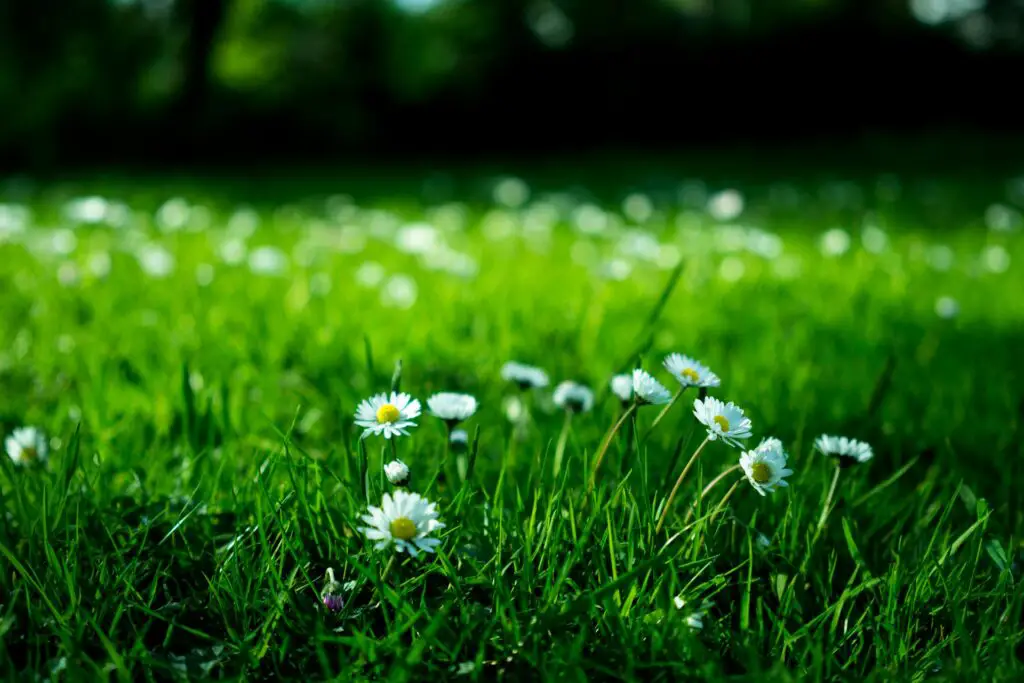
You don’t need acres of land or a green thumb to build a backyard that feels like a peaceful escape. With a few smart moves, your space can turn into a place to unwind, grow good things, and enjoy the fresh air. Gardening can cut stress, boost mood, and even help you sleep better. The best part? Most of these tips don’t need big tools or big spending. Whether you’re planting flowers, herbs, or veggies, the trick is to work with nature—not fight it. Here are eight simple ways to help your garden thrive all season long.
Know Your Sun and Shade

Before planting anything, check how much sun your yard really gets. Full sun means six or more hours a day. Some plants love that. Others will wilt in that kind of light. Watch your yard for a few days and take notes. This helps you pick the right spot for each plant. It saves time, money, and heartbreak later on. Fun fact: Most herbs, like basil and rosemary, love full sun—but lettuce prefers cooler, shady spots.
Feed the Soil, Not Just the Plants

Good plants start with good dirt. Healthy soil holds water better, supports strong roots, and grows better crops or blooms. Add compost once or twice a year to boost nutrients. You can buy it or make your own from kitchen scraps and yard waste. Compost also helps sandy soil hold water and loosens up clay soil. Think of soil as the pantry of your garden—feed it well, and your plants will eat better too.
Water Smart, Not Hard
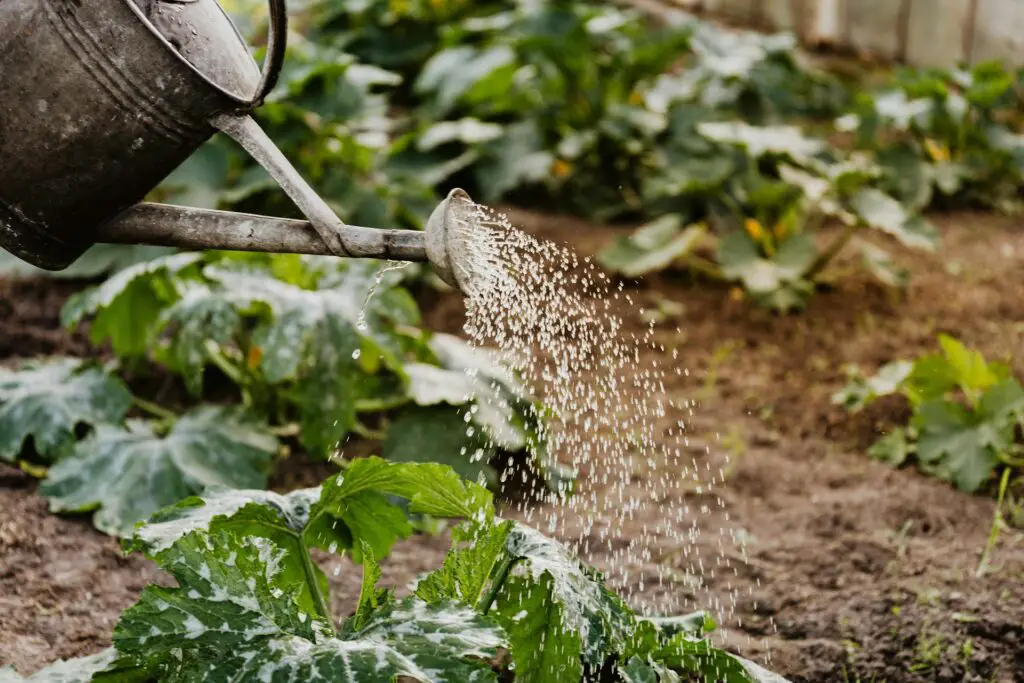
More water doesn’t always mean better growth. In fact, too much water can rot roots and invite disease. The trick is deep, slow watering, once or twice a week depending on weather. Early morning is best to cut down on loss from heat. Use a watering can or drip hose instead of blasting with a hose. If you poke your finger in the soil and it feels dry two inches down, it’s time to water. A layer of mulch helps too—it holds in moisture and keeps weeds down.
Pick Plants That Like Your Climate
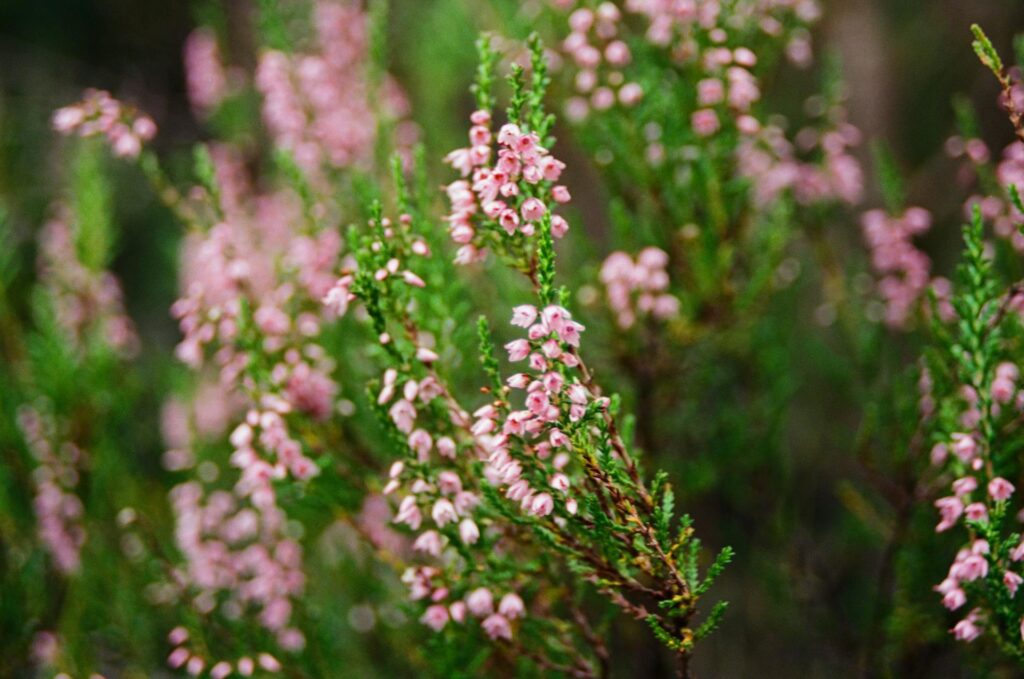
You’ll save yourself a lot of work by growing things that already do well where you live. These are called native plants, and they’re built to handle your local weather and bugs. They also need less water and care. Look up your “growing zone” online or ask a local garden shop what thrives in your area. If you live somewhere hot, look for drought-tolerant plants like lavender or sage. Cooler climates might do better with hardy shrubs and leafy greens.
Use Raised Beds or Containers
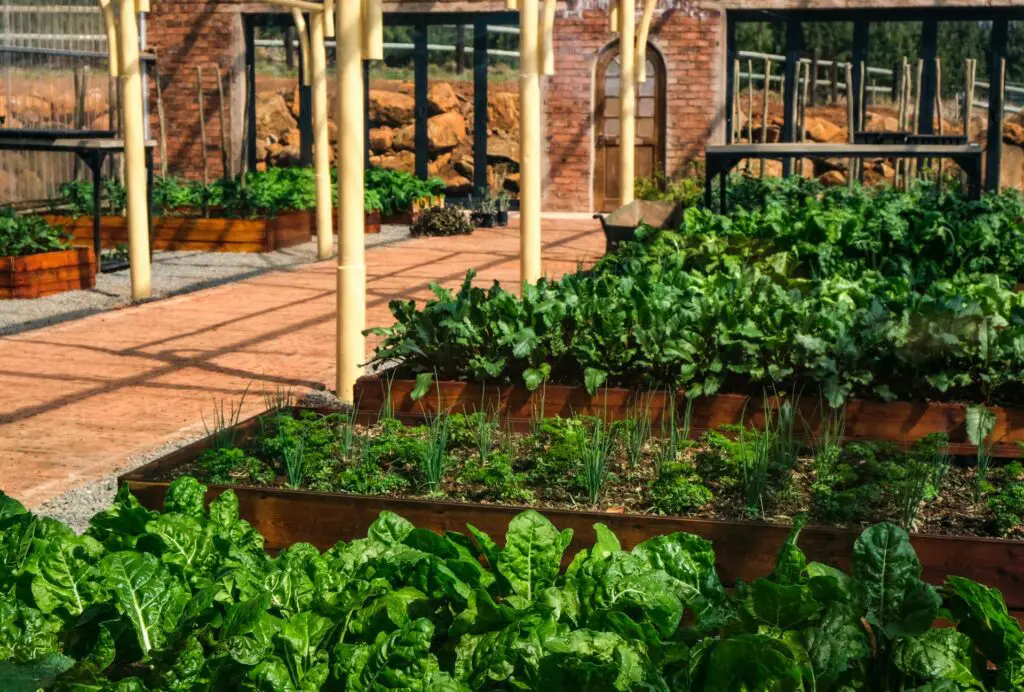
If your soil isn’t great or your space is small, raised beds and pots are your best friends. You can fill them with fresh soil and put them wherever the light is best. They’re also easier on your back and help keep pests away. Bonus: you can mix flowers, herbs, and veggies all in one bed or box for a lush, colorful look. Just make sure your pots have holes for drainage and don’t dry out too fast in hot weather.
Attract the Good Bugs
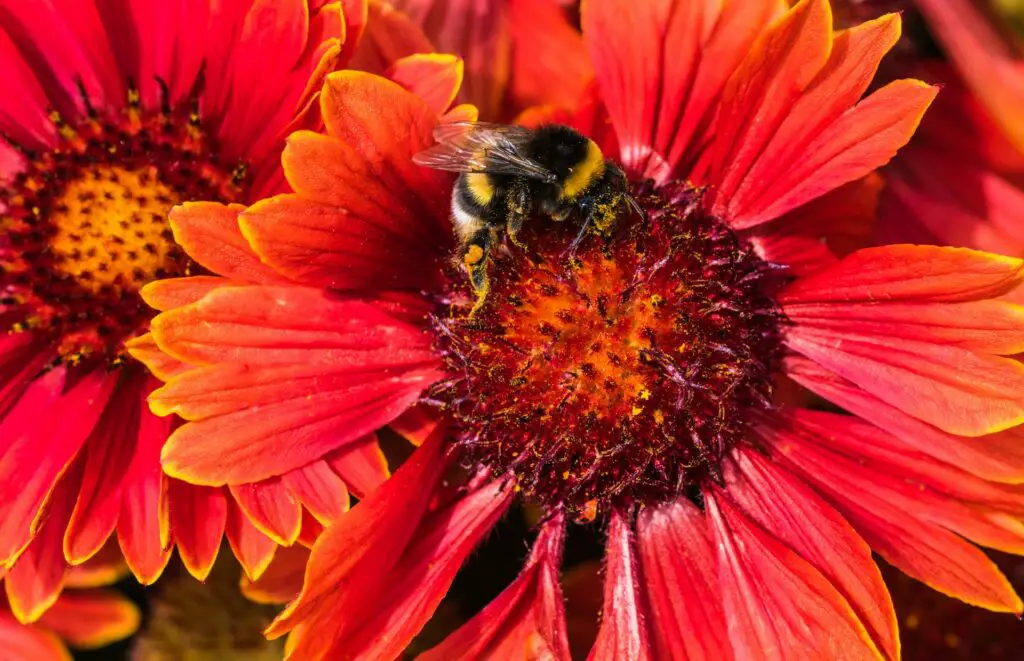
Not all bugs are bad. In fact, some are your garden’s best defense against pests. Ladybugs, bees, and lacewings help pollinate flowers or eat the bugs that hurt your plants. Grow flowers like marigolds, daisies, or sunflowers to bring them in. Avoid spraying chemicals that can harm them. The more balance you have in your yard, the fewer problems you’ll have with things like aphids or mites. Plus, watching bees and butterflies adds to the whole backyard escape vibe.
Give Your Plants Room to Breathe
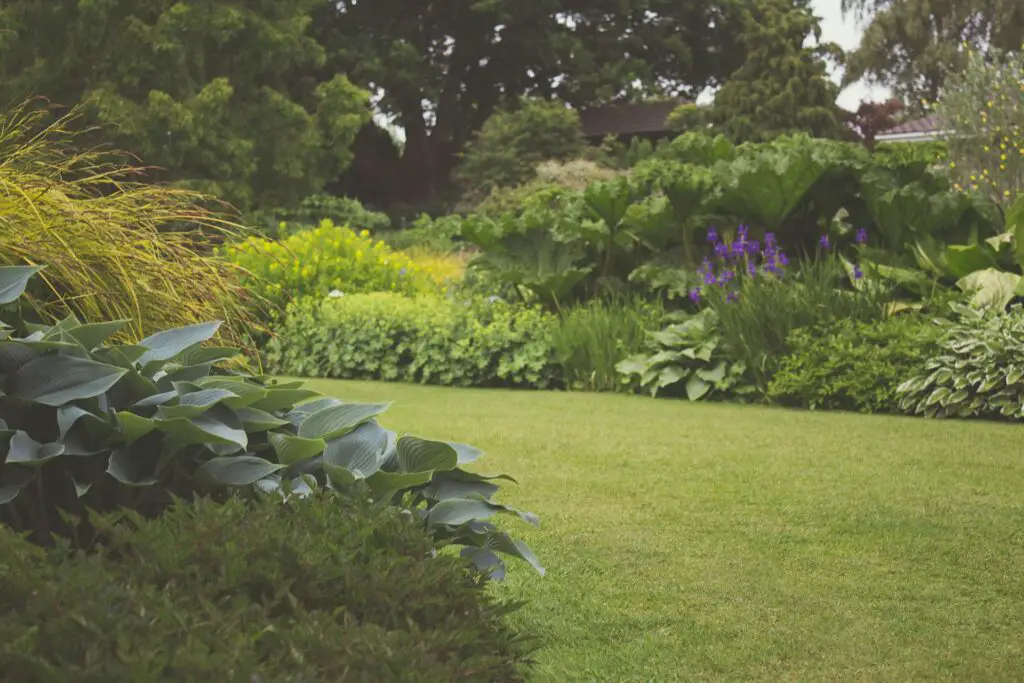
It’s tempting to crowd your garden with plants, especially when they’re small. But they need space to grow, both above and below ground. When plants are too close, air can’t move well, and that invites mold or mildew. Roots also compete for water and nutrients. Check the tags or seed packs for how far apart to plant each type. And don’t forget to thin seedlings if you start from seeds—your future harvest will thank you.
Make It a Place You Want to Be

A garden isn’t just for growing things—it’s for enjoying them too. Add a bench, some lights, or a small path to invite yourself outside more often. A birdbath or wind chime can add charm. Group plants with different colors, heights, and scents to please your eyes and nose. You don’t need fancy stuff—just a corner that makes you want to sit down, breathe deep, and enjoy what you built. Gardens grow better when you spend time in them.
Conclusion
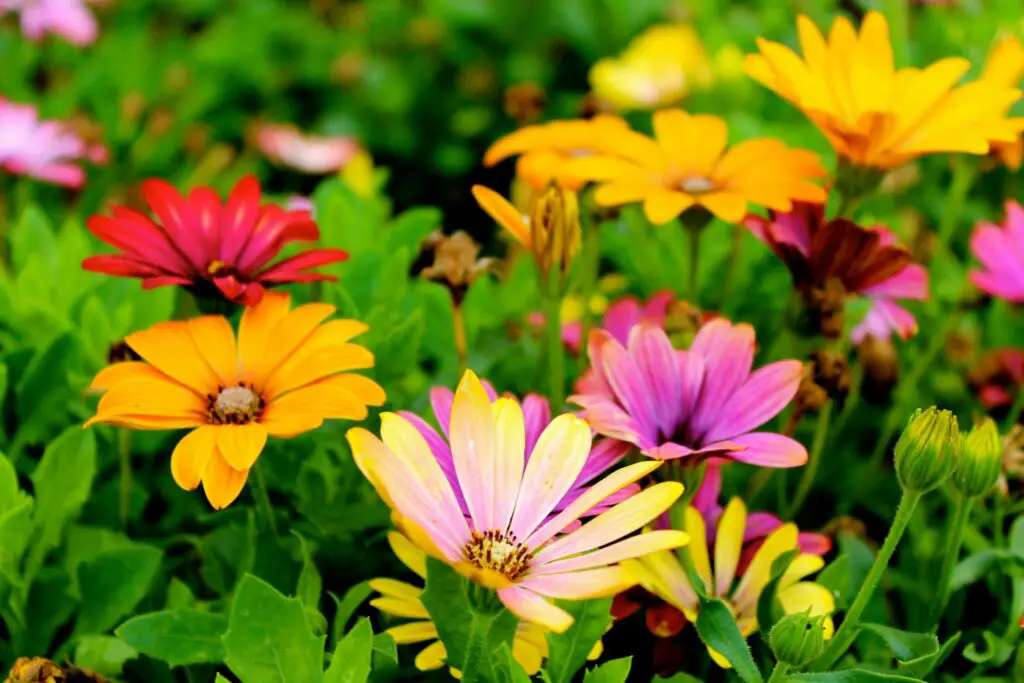
A backyard garden doesn’t have to be perfect to feel like paradise. These simple tips can help you grow more with less stress. When you care for your space, it pays you back with beauty, peace, and maybe even dinner. You’ll learn a little each season, and that’s part of the joy. Keep it simple, stay curious, and don’t be afraid to try new things. Even one small change can make a big difference in how your garden grows—and how you feel in it.
Leave a Reply